#pricing
Chapters and interviews tagged with ‘#pricing’
Related Book Chapters & Interviews
 Interview № 24 of 24
Brennan Dunn
Interview № 24 of 24
Brennan Dunn
Brennan is a co-founder of Right Message. In this episode, we talk about the path he’s taken that led him to create Right Message and what he’s learned about building and launching SaaS applications based on his experiences with his various products.
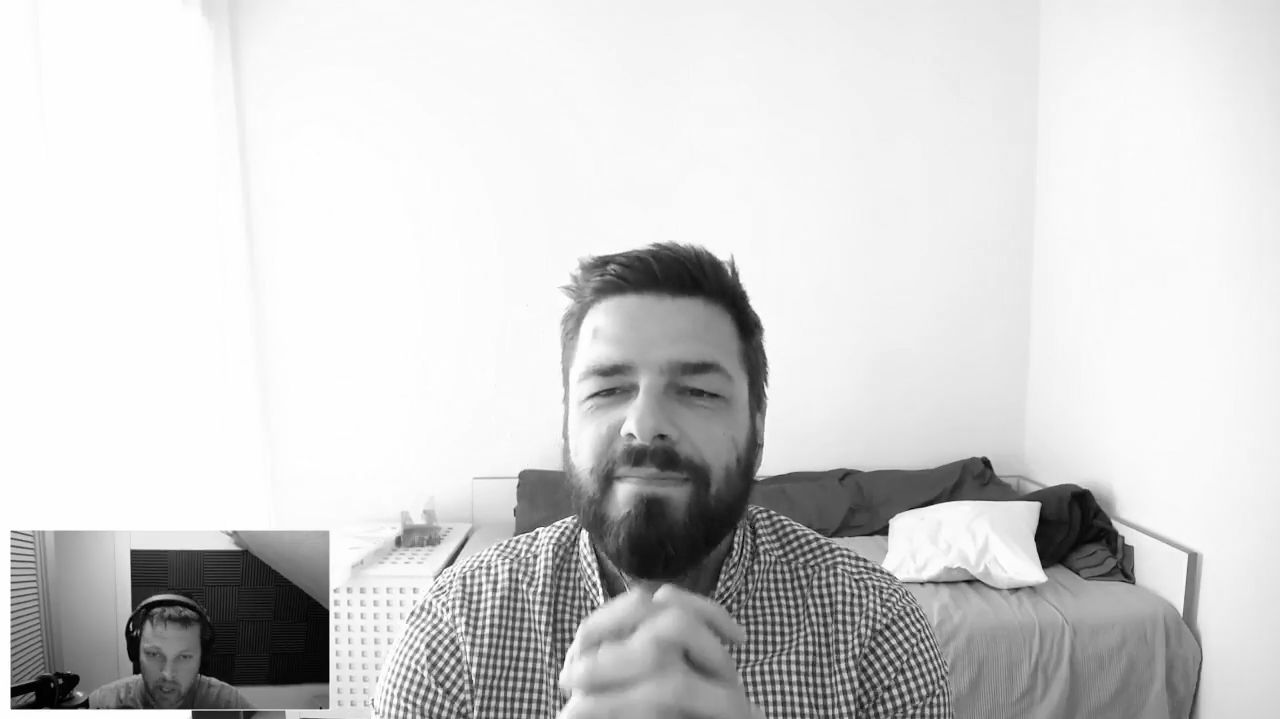 Interview № 23 of 24
Mathias Meyer
Interview № 23 of 24
Mathias Meyer
Mathias is one of the original founders of Travis CI. In this episode, we talk about the difficulty of leaving the company he helped start, and the challenges of moving on.
 Interview № 21 of 24
Steve McLeod
Interview № 21 of 24
Steve McLeod
Steve McLeod is the founder of Feature Upvote, a SaaS tool to enable your customers to suggest and upvote improvements. In this episode, we talk about and compare his experiences running both a B2C app and B2B app and the value of having a part-time system administrator on retainer.
The word “beta” gets thrown around in the early days of building an application, but teams rarely understand what it really means. “Beta” is more of a process than a point in time. It’s as much about learning as it is about sharing, and you have to design your beta to gather feedback.
Every business needs a way to accept payments, and there are many ways to handle them. Make sure you carefully weigh the pros and cons of each form of payment, as well as the providers that process your payments.
Pricing is one of the most interesting dials you can adjust with software, and more often than not, you’ll want to adjust your pricing upward.
Free trials are a core part of what makes self-service SaaS powerful, but there are countless ways to handle trials. Don’t treat your trial period as an afterthought. Carefully consider the pros and cons of different approaches to free trials and demos.
 Interview № 18 of 24
Matt Goldman
Interview № 18 of 24
Matt Goldman
Matt and I talk about running a SaaS business after acquiring it, the mistakes they made early after taking over Churn Buster, and the common ways that SaaS businesses get dunning wrong and how they can do better. We also talk about the value of iteratively improving automation for tasks and how important it is to clearly document and explain manual process.
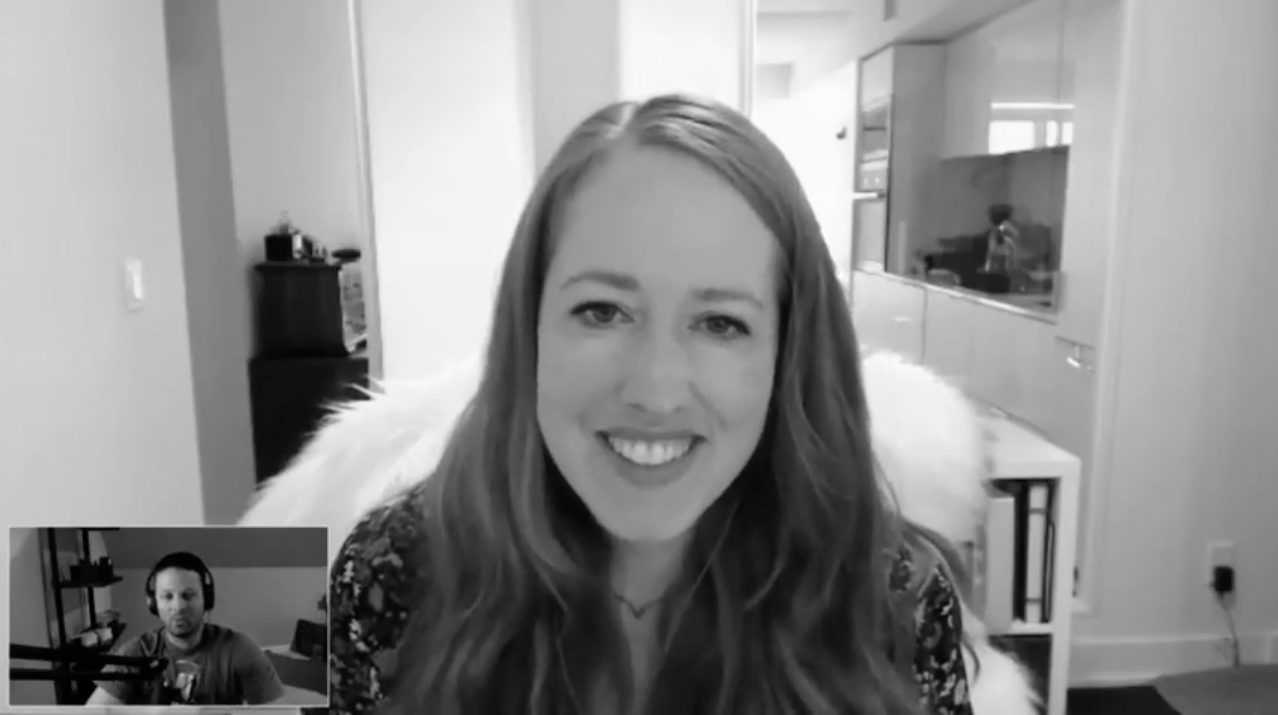 Interview № 16 of 24
Tracy Osborn
Interview № 16 of 24
Tracy Osborn
Tracy and I talk about her experience building and running Wedding Lovely, raising some funding for it, losing a co-founder, and even going through a heart-breaking acquisition process with Etsy. Through it all, she’s kept going and even published books to help others build their own web applications. She’s a brilliant example of someone that simply won’t give up, and while there’s no IPO looming, she’s making a great living doing what she loves with a small team.
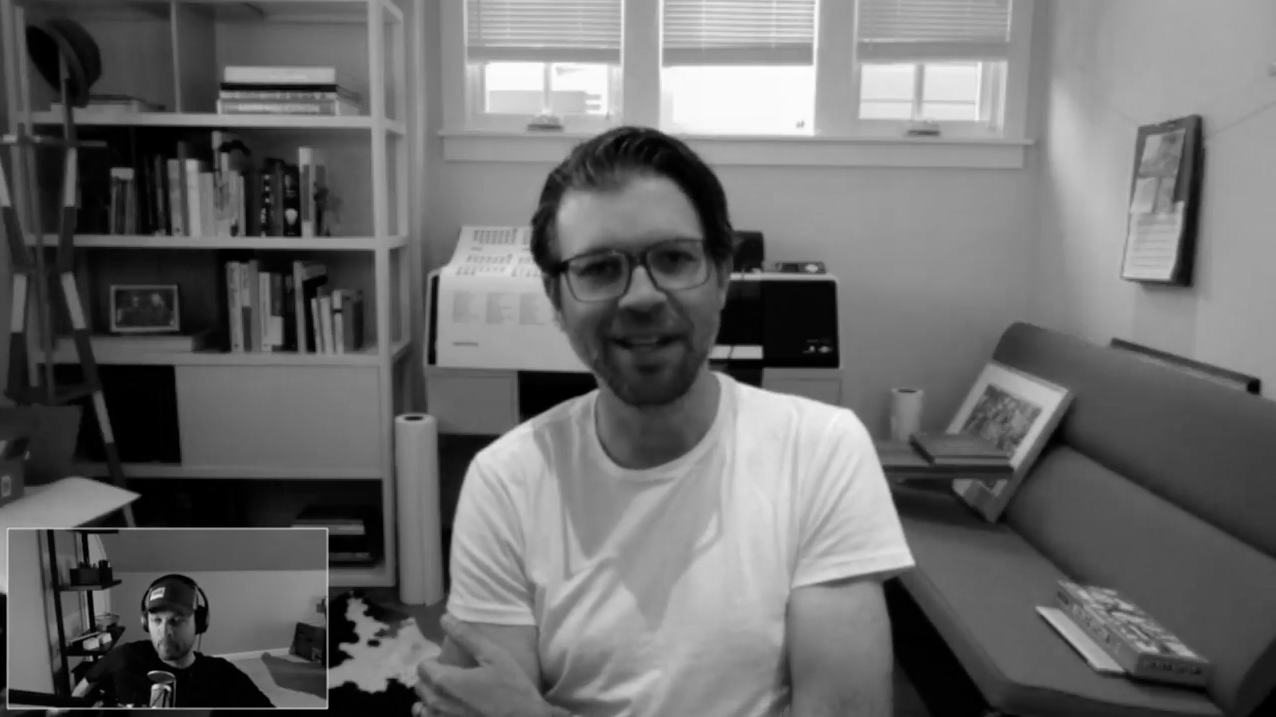 Interview № 15 of 24
Josh Williams
Interview № 15 of 24
Josh Williams
Josh and I discuss what it’s like going from a bootstrapped small team to a team of 30 in a funded startup. We touch on what it’s like going from being a lifelong business owner to being an employee of a large corporation experiencing huge growth. And we talk about some of the differences between building a small profitable business and hitching your wagon to venture capital. Simply put, Josh brings some great perspective and deep insight to building and running software businesses.
 Interview № 13 of 24
Nathan Barry
Interview № 13 of 24
Nathan Barry
Nathan and I talk about the early days of ConvertKit, reaching a point where he had to make a decision to invest more significantly in it or walk away. He invested a significant portion of his income from other projects and really doubled down to make it work long before it was obvious things were going to take off. He talks about his sales process and how it simultaneously helped him better understand the needs of potential customers as well as build a relationship and find his first customers.
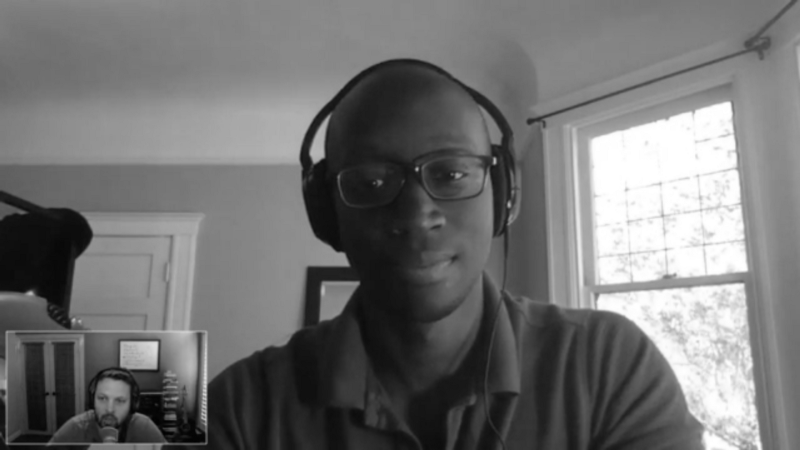 Interview № 12 of 24
Courtland Allen
Interview № 12 of 24
Courtland Allen
Courtland’s story is great because he’s been on a bit of the roller coaster, and now he’s starting fresh with Indie Hackers. He’s interviewing other founders of businesses of all sizes and helping to shed light on what’s possible for small independent software-based businesses. At the same time, the stories are also grounded in realistic stories of slow growth and hard work instead of just focusing on those businesses that hit the jackpot. Courtland’s past experience combined with his discussions with other founders has given him some great perspective and insight on what works and doesn’t work for small software businesses.
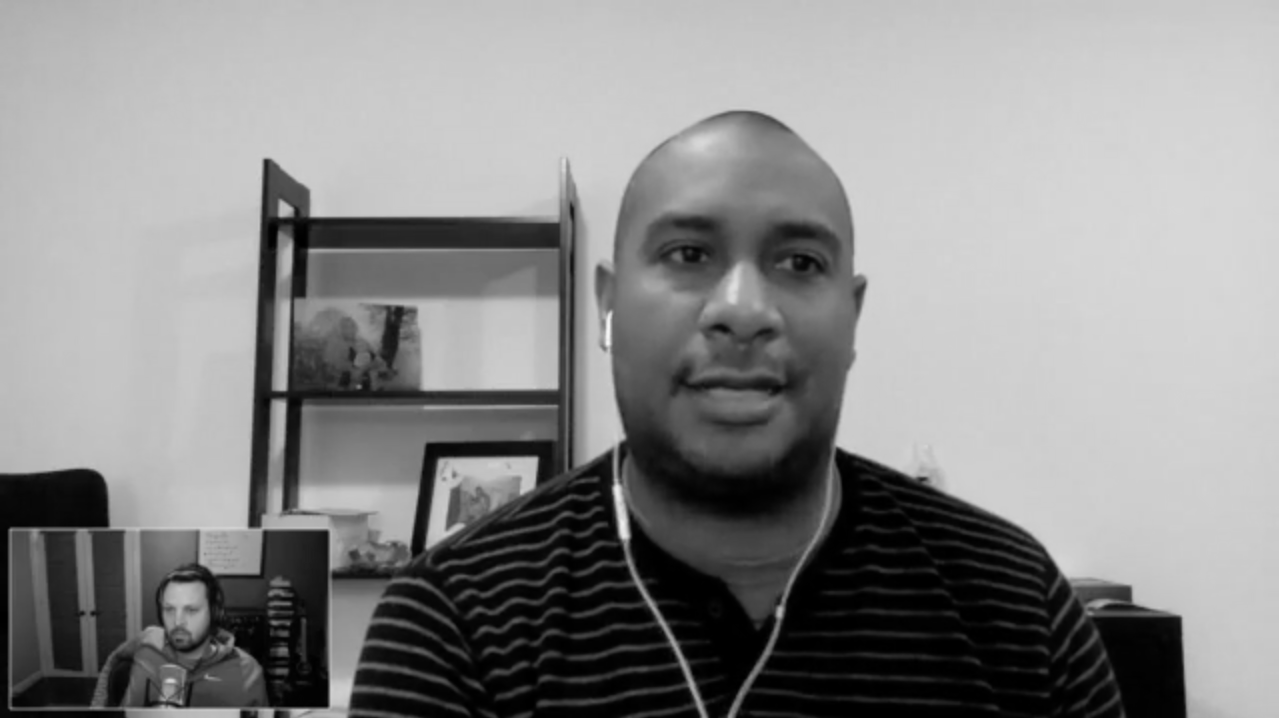 Interview № 11 of 24
Ruben Gamez
Interview № 11 of 24
Ruben Gamez
Ruben’s story with Bidsketch is a great example of how a simple small business can grow into something healthy sustainable on a reasonable timeline. He started out simply with very little in the way of expectations, and bootstrapped the business to profitability it on the side of a full-time job and now manages a remote team of four additional people. We talk about the challenges of growing and managing a remote team as an introvert, the process of recovering after he accidentally deleted all of the customer billing data, and much more.
 Interview № 8 of 24
Josh Pigford
Interview № 8 of 24
Josh Pigford
Josh and I discussed bootstrapping, accepting outside money, the drawbacks of hiring too fast and having to ask his team to take a pay cut. We also talk about how metrics simply aren’t important in the early days and how nothing beats spending time to talking to your customers in person.
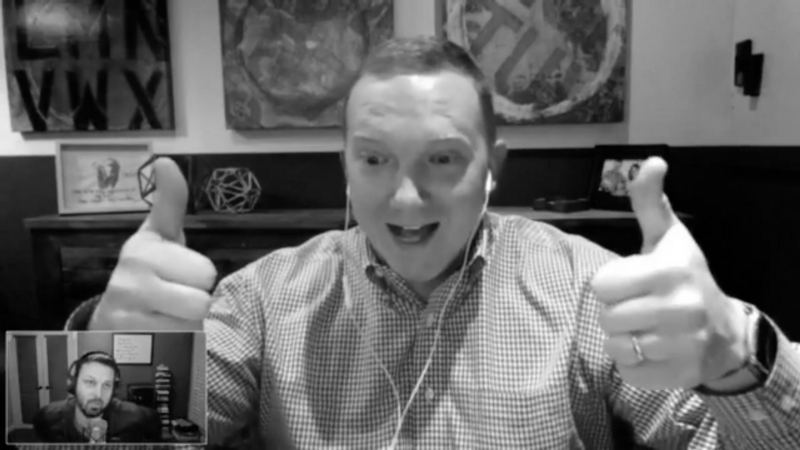 Interview № 6 of 24
JD Graffam
Interview № 6 of 24
JD Graffam
JD and I talk about buying and selling SaaS applications and share some details from the process of selling and transferring Sifter. JD shares what it’s like juggling multiple businesses and how he makes it work, and he dives into the attributes and insights he uses to decide whether a SaaS application is a good opportunity or not and how he does business a bit differently. This is an episode that’s near and dear because I feel like it shares some of the less-often seen aspects of transactions like selling businesses. I really hope you enjoy it.
 Interview № 4 of 24
Peldi
Interview № 4 of 24
Peldi
Peldi and I talk about moving from California to Italy to lower his cost of living to start a company, juggling different delivery formats for software (and the associated payments challenges), giving amazing support, and bending over backwards to help customers. While he originally didn’t want to grow the business beyond himself, Balsamiq is now a team of 23 people based all around the world.
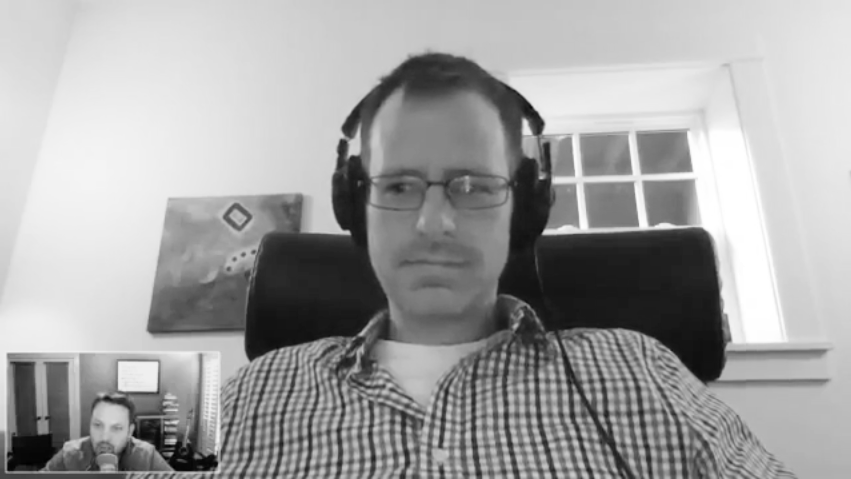 Interview № 1 of 24
Mike Perham
Interview № 1 of 24
Mike Perham
Mike Perham has successfully built a wildly profitable one-man business built on his open source efforts. We discuss what it’s like balancing the seemingly opposing forces of open source and a for-profit business, managing support for the open source version as well as paying customers, and how businesses are all-too-willing to pay for things that provide value or help them save time.
 Be Fully-prepared to Launch Your Own SaaS Application
Be Fully-prepared to Launch Your Own SaaS Application
Get a free playbook, worksheet, and short email course to help you navigate the journey so you can be ready to build your own SaaS application.